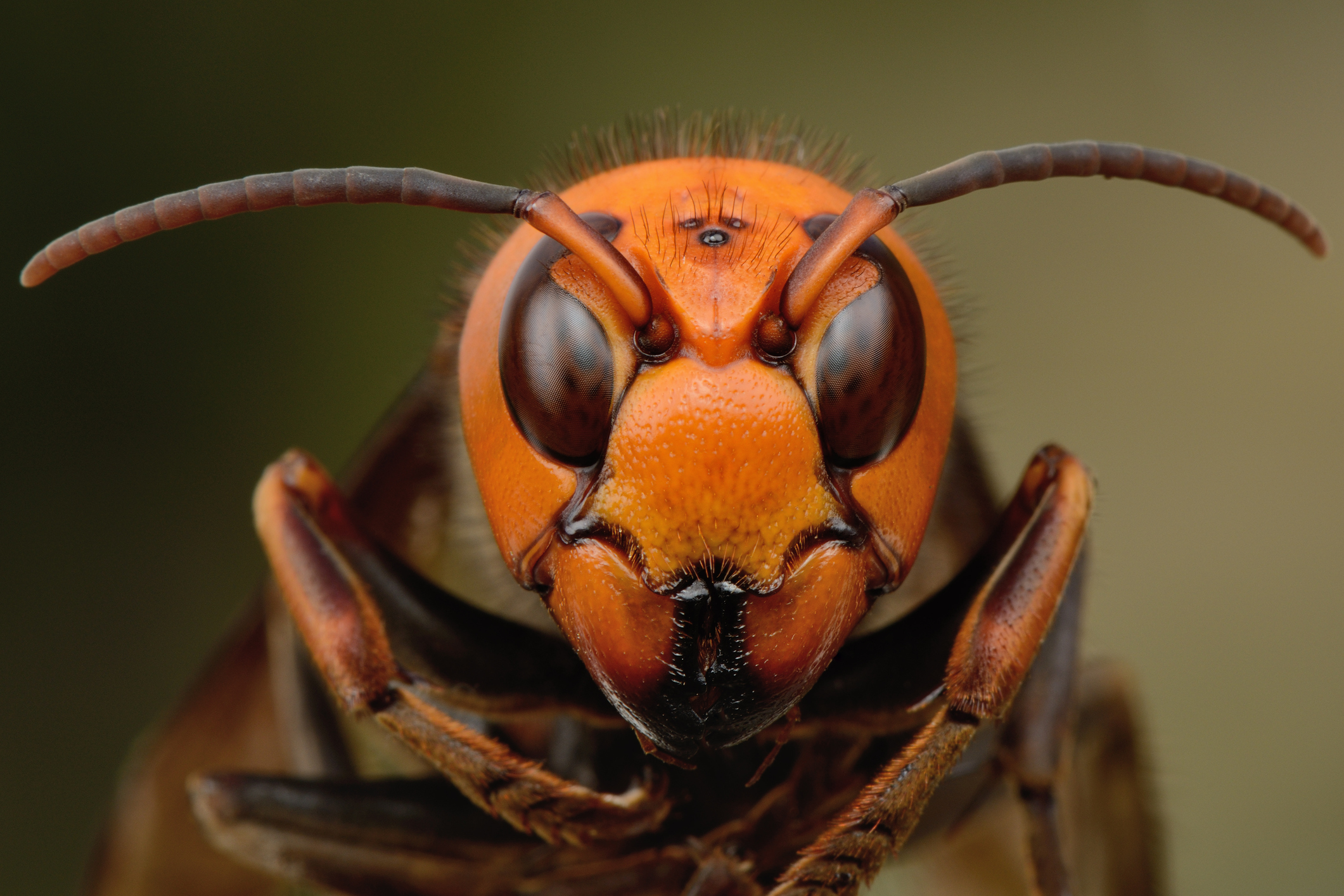Do you have large, swarming insects with stingers flying around your home and aren’t sure what to do about it?
After keeping yourself and others safe, one of the most important things to do is identify what type of insect you are dealing with so that you can properly address the issue.
Deciphering hornet vs. wasp can be tricky, especially if you haven’t encountered many of these pests on your property before. In this Precise Termite & Pest Control article, we discuss the differences between a wasp vs. hornet to help you address your infestation situation.
What Are Wasps?
There are multiple types of wasps, and hornets are one of those types. There are over 100,000 species of wasps in our world today. They can be either solitary or social, and only some species of wasps are aggressive.
Wasps are capable of stinging and building nests out of paper and mud. The nests have honeycomb-like walls and can be various sizes.
Most wasps are smaller than hornets and have hairless bodies with black and yellow rings. Wasps tend to only sting a person when there is a threat, compared to hornets, which may sting even when unprovoked.
What are Hornets?
Hornets are a type of wasp that is more aggressive than other types. The stings from hornets also tend to be more painful than other wasp species. They build nests from paper and can be double the size of a wasp.
Hornets have thicker, elongated bodies and prominent heads compared to wasps. Many hornets have a reddish-brown or black-and-white coloration on their bodies.
Hornets work in groups to build nests, raise offspring, forage for food, and protect their queen. Both hornets and wasps can sting a person repeatedly, which makes them particularly dangerous to people with who are allergic to the insects.
Key Differences of Wasps vs. Hornets
The most obvious differences between a hornet vs. wasp are the insects’ colors and sizes. You can also tell the difference between the insects based on body shape, nesting habits, social structure, and level of aggression.
If you think you might have a bee situation instead, you can learn about the differences between wasps and bees in this article.






